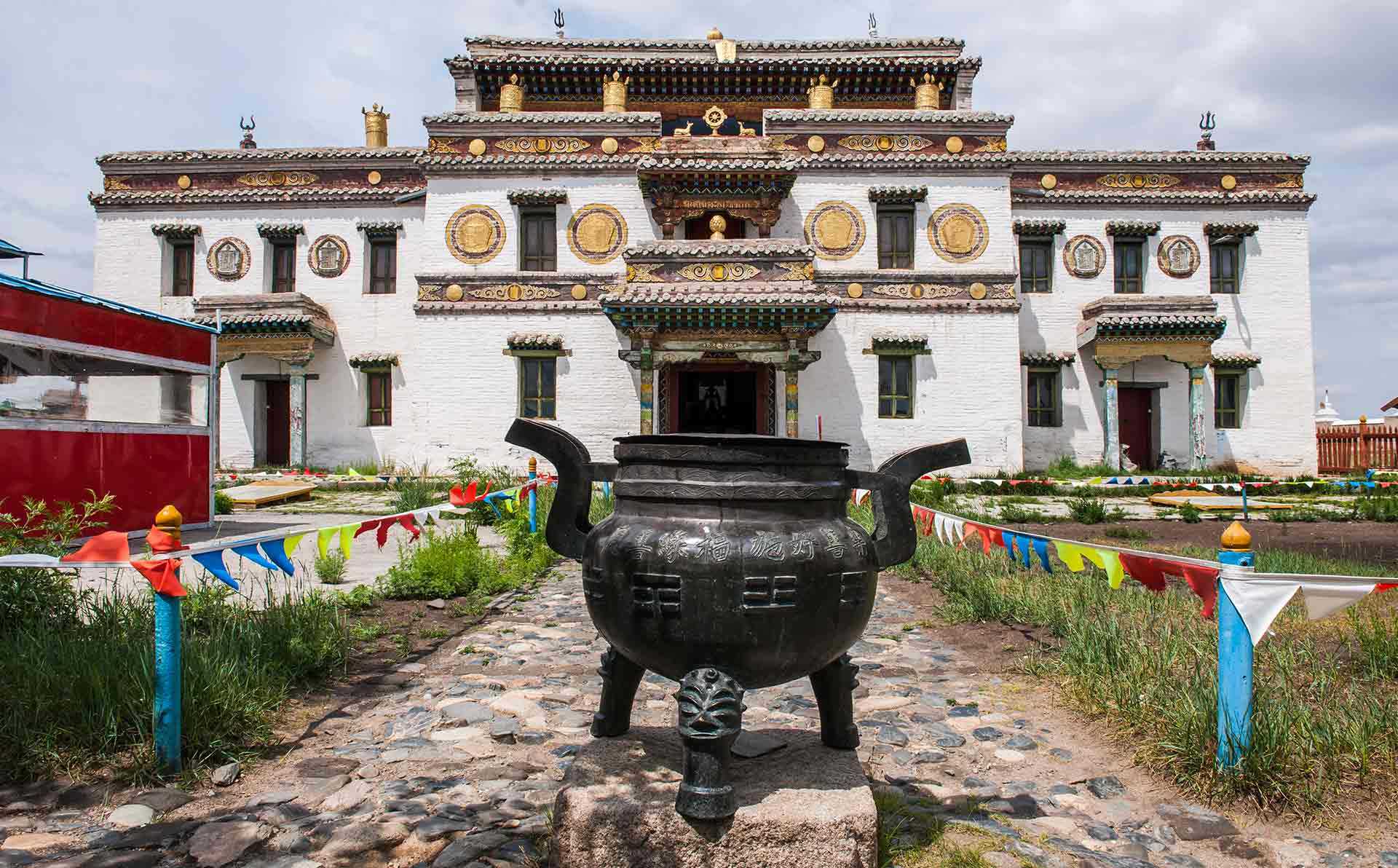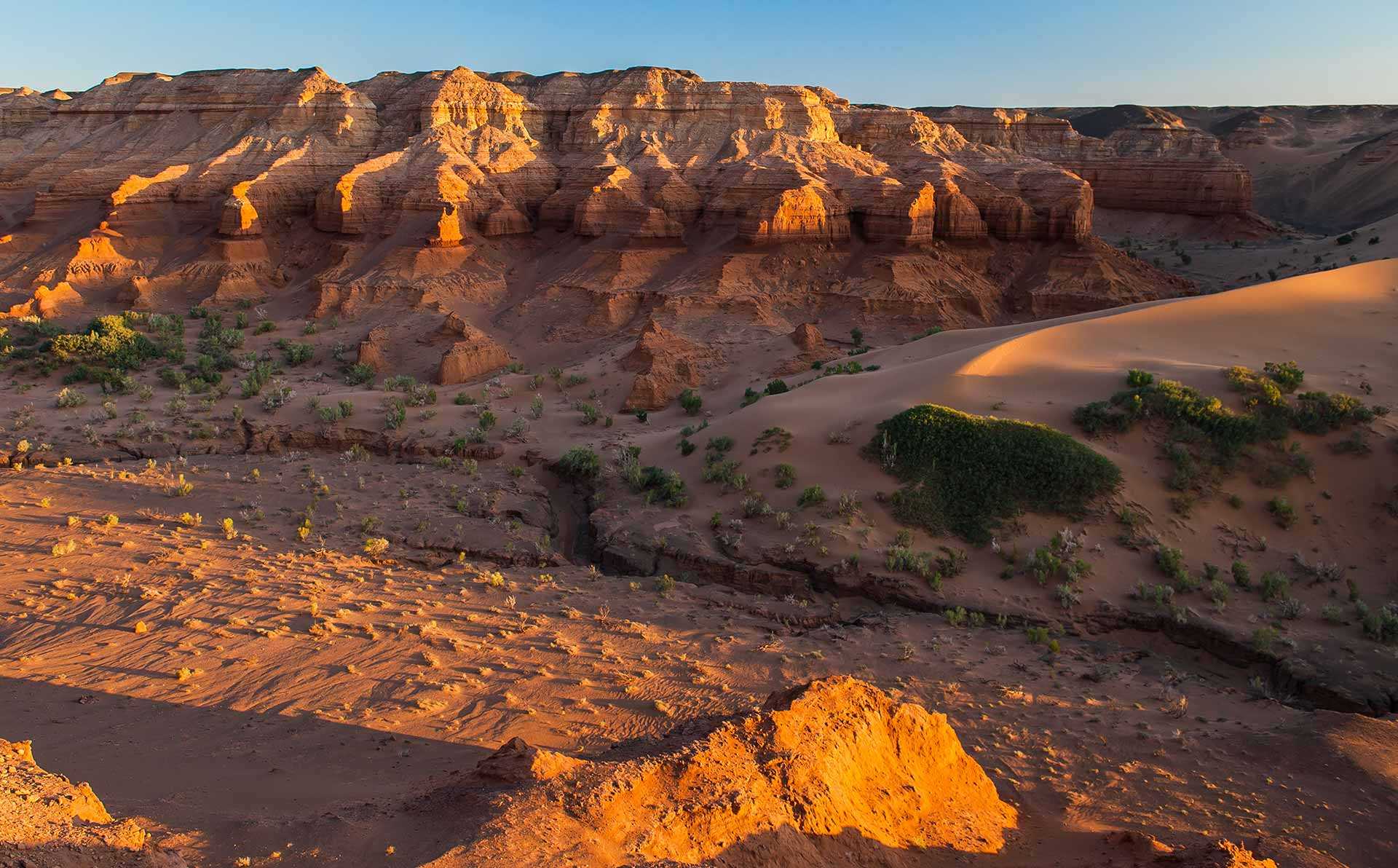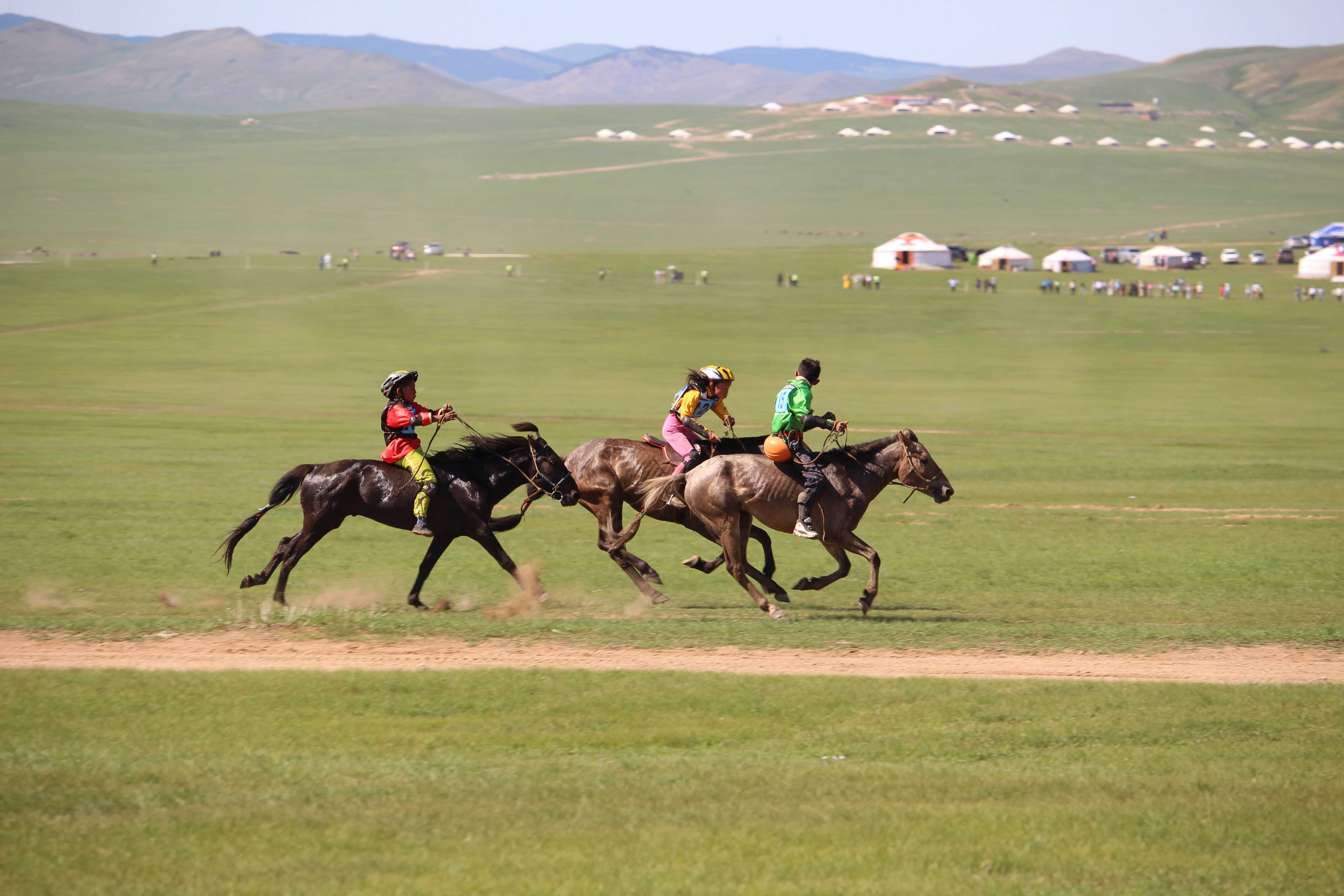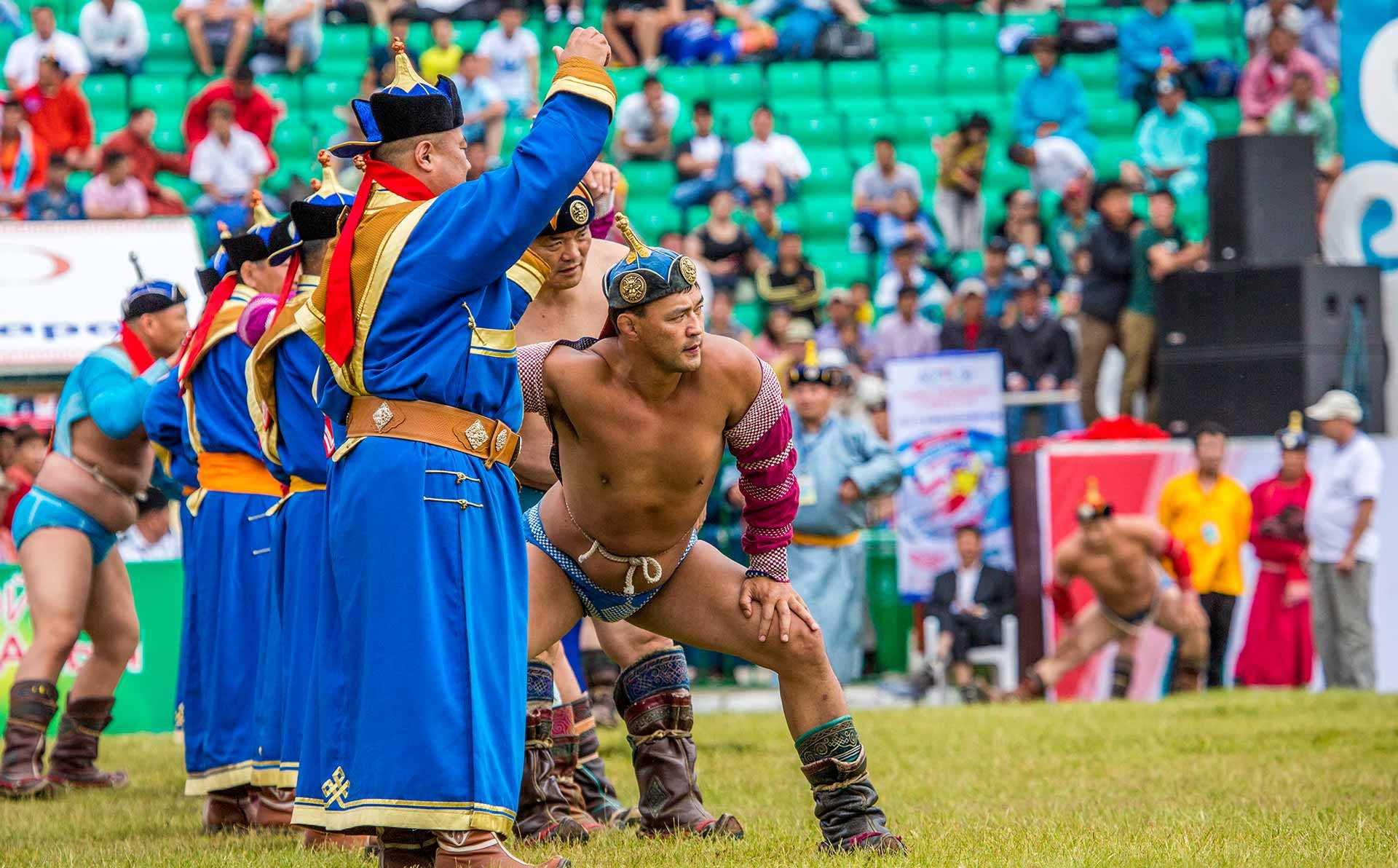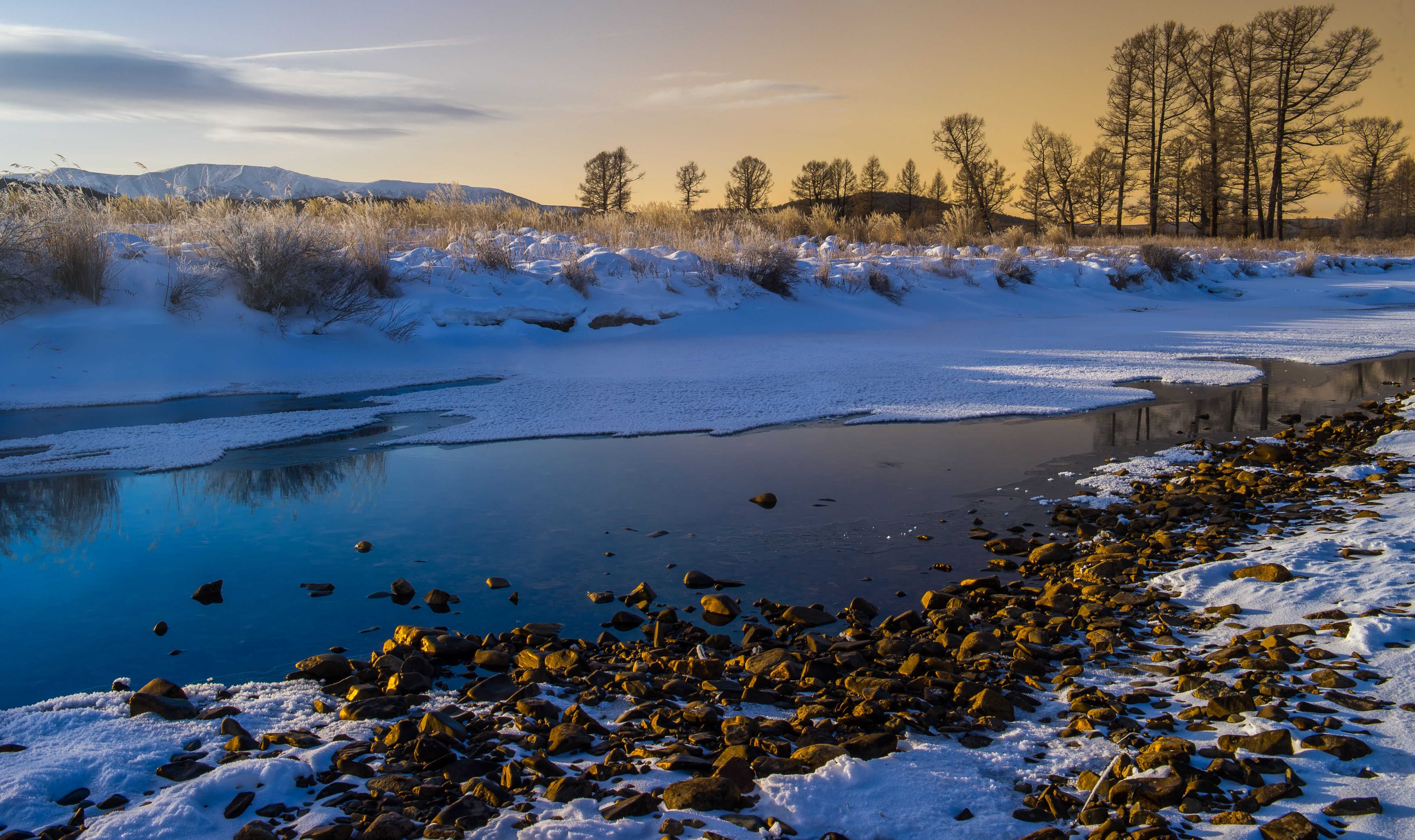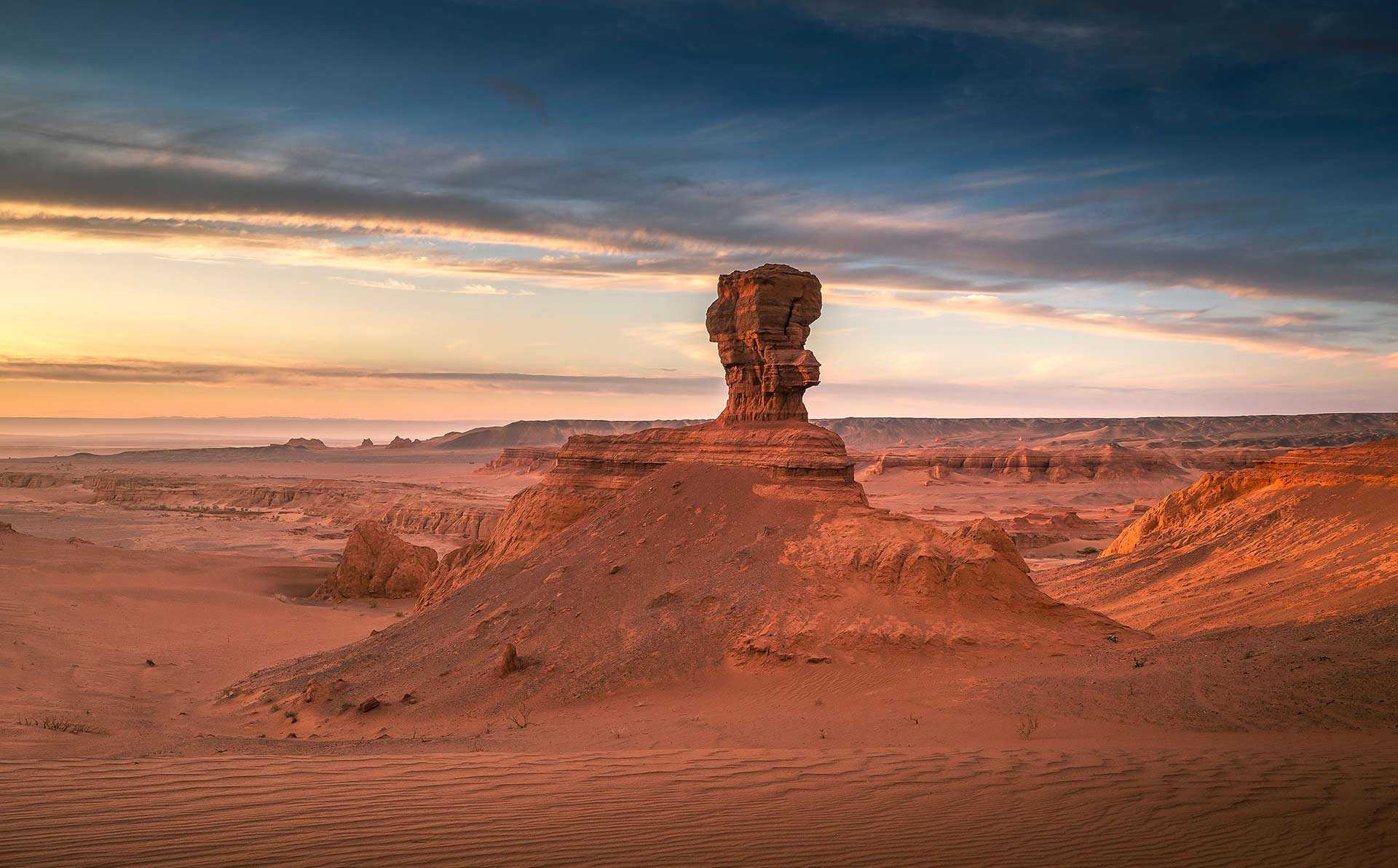
Umnugobi
Gobi Gurvan Saikhan National Park
Gobi Gurvan Saikhan is the largest national park in Mongolia. It is named after the Gobi Gurvan Saikhan mountain which translates to ‘the Three Beauties’. Famous Gobi attractions such as Yol/Eagle valley and Khongor sand dunes are located here. It is also home to several endangered species such as argali, ibex, black tailed gazelles and snow leopards.
Bayanzag
Bayan Zag, located 100km from town of Dalanzadgad, is an important place in history of paleontology. This is where, a 100 years ago, Roy Chapman Andrews who served as inspiration for Indiana Jones, found the World’s first dinosaur eggs. He led an expedition into Gobi Desert and found invaluable ammount of new discoveries, many of which can still be seen in Museum of Natural History in New York.
Khermen tsav
Khermen Tsav is a uniquely formed canyon in Southern Gobi mainly composed of red mud rocks. Believed to have been a seat bottom some 200 million years ago, this is a resting place to incredible amounts of dinosaur fossils which are still found to this day. Covering an area of 250 sq.km, some of the cliffs in the canyon can reach a height of 200m.
Galbiin Gobi
Of the 33 Gobi-s in Mongolia, Galbiin Gobi is the largest one, covering an area of 70,000 sq.km. It is well known for its crimson-colored surface and camels who have a similar color. Number of sand dunes and oases can be found here. These oases are crucial lifeline for the migrating birds.
Alguin Ulaan tsav
In the Mandal-Ovoo soum of South Gobi, there is a mountain range stretching between 40-60km. Its cliffs range at a height of 1375-1695m. Alguin Ulaan tsav is located along this mountain range.
Khongor sand dune
Khongor sand dunes located in the South Gobi, are undoubtedly the highlights of a Gobi trip. The dunes spread across 100km and reach a height of 800m at its highest point. Khongor Sand Dunes are also known as ‘singing sands’ due to an exotic sound the sands emit during climbs to the tall parts of the dunes.
Yol Valley
Yol Valley is situated 50km from capital Dalanzadgad of South Gobi. The name Yol is a Mongolian name for Lammergeier, known as Bearded Vultures. Hence it is also called as Vulture valley. The vultures make their nests atop the tall peaks of the valley. The ice glaciers of the valley used to remain all year round, but these days they melt by early July.

